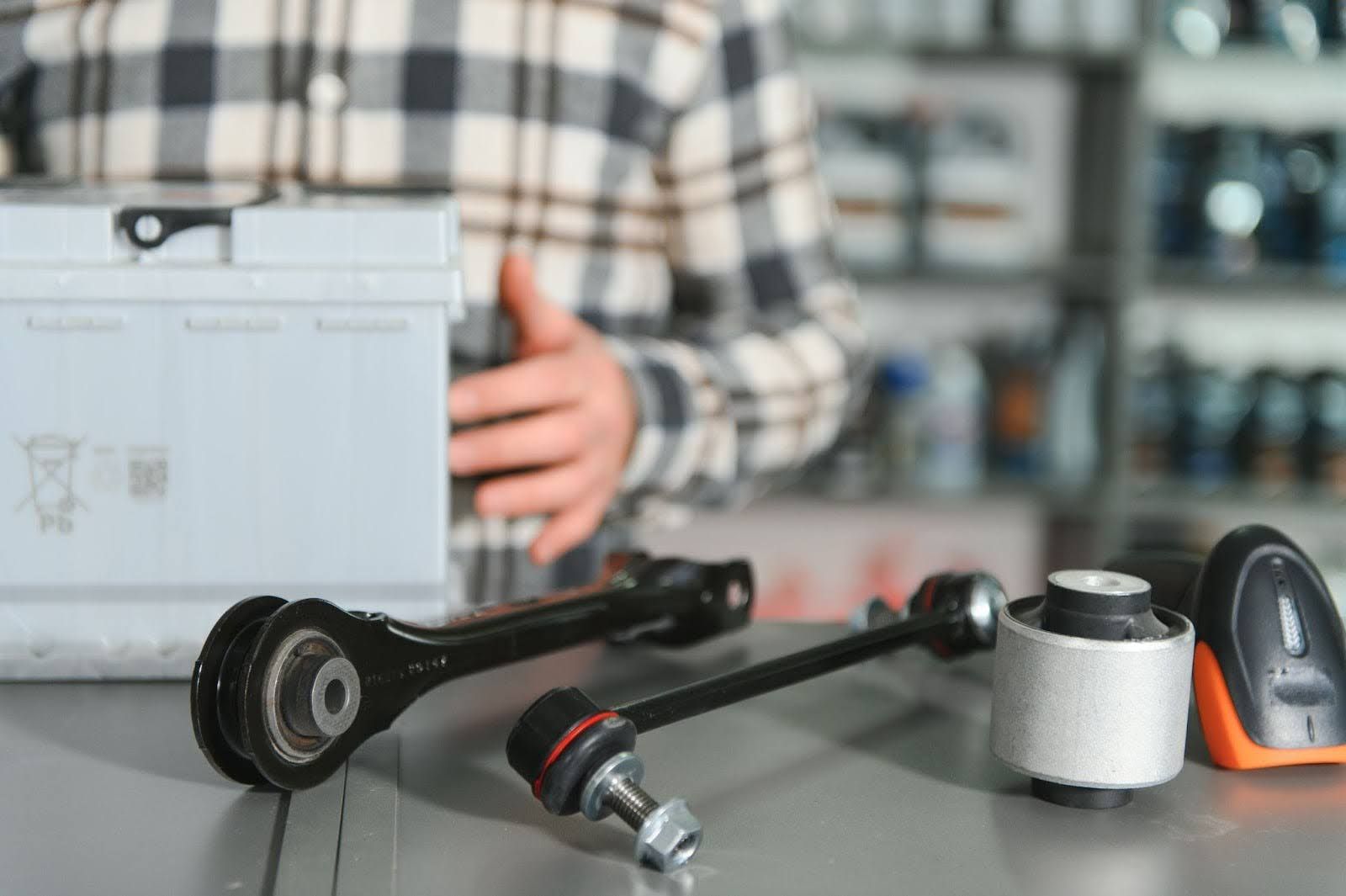Preparing Your Truck for the Desert Climate: Tips for Las Vegas Drivers
Driving a truck in the Las Vegas area presents unique challenges due to the region’s extreme desert climate. Sweltering temperatures, arid air, and sun-baked roads all put added strain on your vehicle—especially if you operate a commercial truck or rely on your rig for daily work. To keep your truck running smoothly and avoid costly breakdowns, it’s essential to prepare for the desert conditions with targeted maintenance and upgrades. Here, we’ll share expert advice on optimizing your truck’s cooling system, maintaining your tires, and making heat-resistant modifications to ensure safe and reliable driving in the Las Vegas heat.
Understanding the Demands of Desert Driving
Las Vegas and its surrounding desert areas routinely experience summer temperatures exceeding 100°F. According to the National Weather Service, the region averages over 70 days per year above 100°F, with extreme highs reaching up to 117°F. Such relentless heat can cause rapid wear and tear on truck components, particularly those exposed to direct sunlight or responsible for keeping your engine cool.
Truckers in the area often report issues including overheating engines, premature tire failure, and cracked hoses or belts. By taking a proactive approach to maintenance and understanding the specific risks of the desert climate, you can reduce the risk of unexpected breakdowns and keep your truck operating efficiently.
Optimizing Your Truck’s Cooling System
Your engine’s cooling system is your first line of defense against desert heat. If it’s not in top condition, you risk overheating—a leading cause of roadside breakdowns in the Las Vegas area. Start by inspecting your radiator and coolant hoses for leaks, cracks, or soft spots. The high temperatures can accelerate rubber degradation, so even minor faults should be addressed promptly.
It’s also crucial to use the right coolant mixture. According to Cars.com, a 50/50 blend of antifreeze and distilled water provides optimal boiling and freezing protection. For desert driving, ensure your coolant is fresh and topped up, and consider flushing the system more frequently than the manufacturer’s standard recommendation.
Additionally, check your radiator cap and thermostat. A faulty cap can lead to pressure loss, while a malfunctioning thermostat may prevent your engine from cooling properly. Replacing these components is relatively inexpensive and can prevent major engine damage in the long run.
For truckers who regularly haul heavy loads or drive uphill, upgrading to a high-performance radiator or installing an auxiliary transmission cooler can provide added heat dissipation. These modifications are available through specialty shops like Legacy Truck Parts’ Cooling Systems section, which offers components designed for heavy-duty desert use.
Tire Care: Staying Safe on Hot Pavement
Tires are especially vulnerable to heat-related damage. The intense Las Vegas sun increases surface temperatures, which can cause tire pressure to rise and lead to blowouts—particularly when tires are underinflated or worn. According to NHTSA data, tire blowouts are a leading cause of serious accidents, especially during the summer months.
Regularly inspect your tires for signs of wear, cracking, or bulges. Use a quality tire gauge to check inflation at least once a week, as pressure can fluctuate with temperature swings. Experts recommend inflating tires to the manufacturer’s maximum recommended PSI during hot weather to account for the expansion caused by heat.
Rotating your tires at regular intervals ensures even wear, which is crucial for safe handling on hot, slick pavement. If you operate in off-road or construction environments, consider heat-resistant or all-terrain tires, designed to withstand higher temperatures and abrasive surface.
Heat-Resistant Modifications: Protecting Your Investment
Beyond basic maintenance, there are several modifications that can help your truck stand up to the desert environment. Heat shields and reflective window tints can reduce cabin temperatures, extending the life of your interior components and improving driver comfort. For trucks with sensitive electronics, consider upgrading to high-temperature-resistant wiring and connectors to prevent heat-related failures.
Engine oil and transmission fluid are also affected by extreme temperatures. Using synthetic oils, which maintain viscosity better in high heat, can extend the life of your engine and transmission. Expert mechanics in the Las Vegas area often recommend switching to full-synthetic fluids before the summer months for maximum protection.
Additionally, regular undercarriage inspections are a must. Sand and debris can accumulate quickly in the desert, causing premature rust or damage to suspension parts. Washing your truck’s undercarriage and applying protective coatings can help mitigate these effects.
Local Insights: Most Common Issues and Preventative Measures
We spoke with local truck service professionals at Legacy Truck Parts, who report that overheating, tire blowouts, and cracked hoses are the most common issues faced by area drivers. Their advice: stay ahead of maintenance by keeping detailed records, replacing worn parts promptly, and always carrying extra coolant, water, and emergency repair supplies.
They also stressed the importance of checking your air conditioning system before the summer hits. A malfunctioning A/C can make long hauls dangerous, especially if you’re carrying perishable cargo or spend extended hours behind the wheel.
Stay Prepared and Drive With Confidence
Desert driving doesn’t have to be daunting—proper preparation and the right parts make all the difference. By focusing on cooling system health, tire care, and heat-resistant upgrades, you can ensure your truck is ready for whatever the Las Vegas climate throws your way. For more tips, expert advice, and a full range of parts designed for desert performance, visit the Legacy Truck Parts homepage or contact our team today. We’re here to help you keep your truck running cooler, safer, and longer—even on the hottest days.











